I want to set each three vertex of a triangle from a mesh red, blue and green.
As seen in the first part this tutorial which is for another language. This is the code they are using to set red, green and blue to each vertext in the each triangle from a mesh:
function set_wireframe_colors(m)
local cc = {}
for i = 1, m.size/3 do
table.insert(cc, color(255,0,0))
table.insert(cc, color(0,255,0))
table.insert(cc, color(0,0,255))
end
m.colors = cc
end
and this is what the output looks like with a simple vertex color shader:
I tried to recreate the-same thing in Unity with C# but I am struggling with the first part of this tutorial.
Here is my code:
void Start()
{
Mesh mesh = GetComponent<MeshFilter>().mesh;
Vector3[] vertices = mesh.vertices;
//Create new colors array where the colors will be created.
Color32[] colors = new Color32[vertices.Length];
for (int i = 0; i < vertices.Length; i += 3)
{
colors[i] = new Color32(255, 0, 0, 255);
colors[i + 1] = new Color32(0, 255, 0, 255);
colors[i + 2] = new Color32(0, 0, 255, 255);
}
//assign the array of colors to the Mesh.
mesh.colors32 = colors;
}
but this is the output I get from Unity with a simple vertex color shader:
If you look closely you will see that each vertex in my cube does not have an rgb color assigned to it like the cube from my first screenshot. It looks very close though.
What's wrong with the code? Why does each vertex not have rgb color like the image from my first screenshot.
Shader:
This problem likely has nothing to do with the shader but here the simple color shader in Unity:
struct appdata
{
float4 vertex : POSITION;
float2 uv : TEXCOORD0;
float4 color : COLOR;
};
struct v2f
{
float2 uv : TEXCOORD0;
UNITY_FOG_COORDS(1)
float4 vertex : SV_POSITION;
float4 color : COLOR;
};
sampler2D _MainTex;
float4 _MainTex_ST;
v2f vert(appdata v)
{
v2f o;
o.vertex = UnityObjectToClipPos(v.vertex);
o.color = v.color;
o.uv = TRANSFORM_TEX(v.uv, _MainTex);
UNITY_TRANSFER_FOG(o,o.vertex);
return o;
}
float4 frag(v2f i) : SV_Target
{
return i.color;
}



